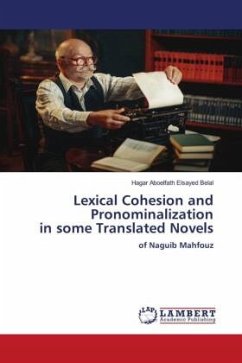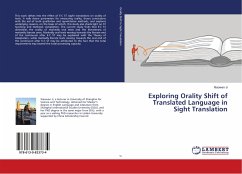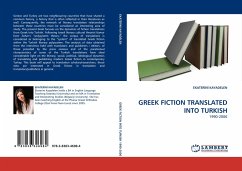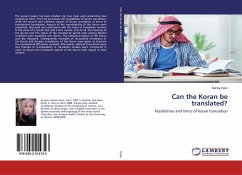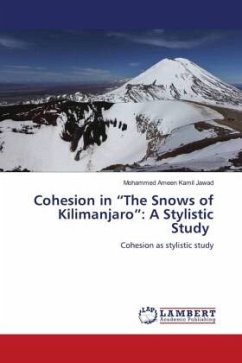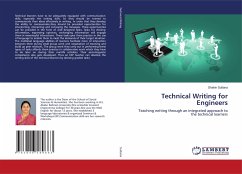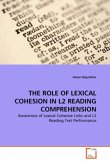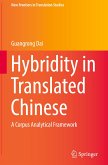Two discordant hypotheses are adopted in translation regarding the explicitness of a target text (TT) versus a source text (TT): the Explicitation Hypothesis and the Stylistic Preference Hypothesis. The latter is adopted by both Aziz (1998) and Obeidat (1998) but with different views regarding the explicitness and implicitness of both Arabic and English languages. The current study aims at indicating which hypothesis is more plausible in accounting for the translation of lexical cohesive devices and proving/ disproving both Aziz's (1998) and Obeidat's (1998) claims. Three Arabic novels by Naguib Mahfouz and their English translations were analyzed in terms of the lexical cohesive devices and pronominal forms in Halliday and Hassan's 1976 Model and the model provided in Abdel-Hafiz's (2004) study regarding lexical cohesion in translated novels. Aziz's (1998) and Obeidat's (1998) claims regarding the explicitness and the implicitness of Arabic and English are refuted, both Arabic and English are found at the same level of the Explicitation Hypothesis and the superiority of the Explicitation Hypothesis to the Stylistic Preference Hypothesis is proven.
Bitte wählen Sie Ihr Anliegen aus.
Rechnungen
Retourenschein anfordern
Bestellstatus
Storno

